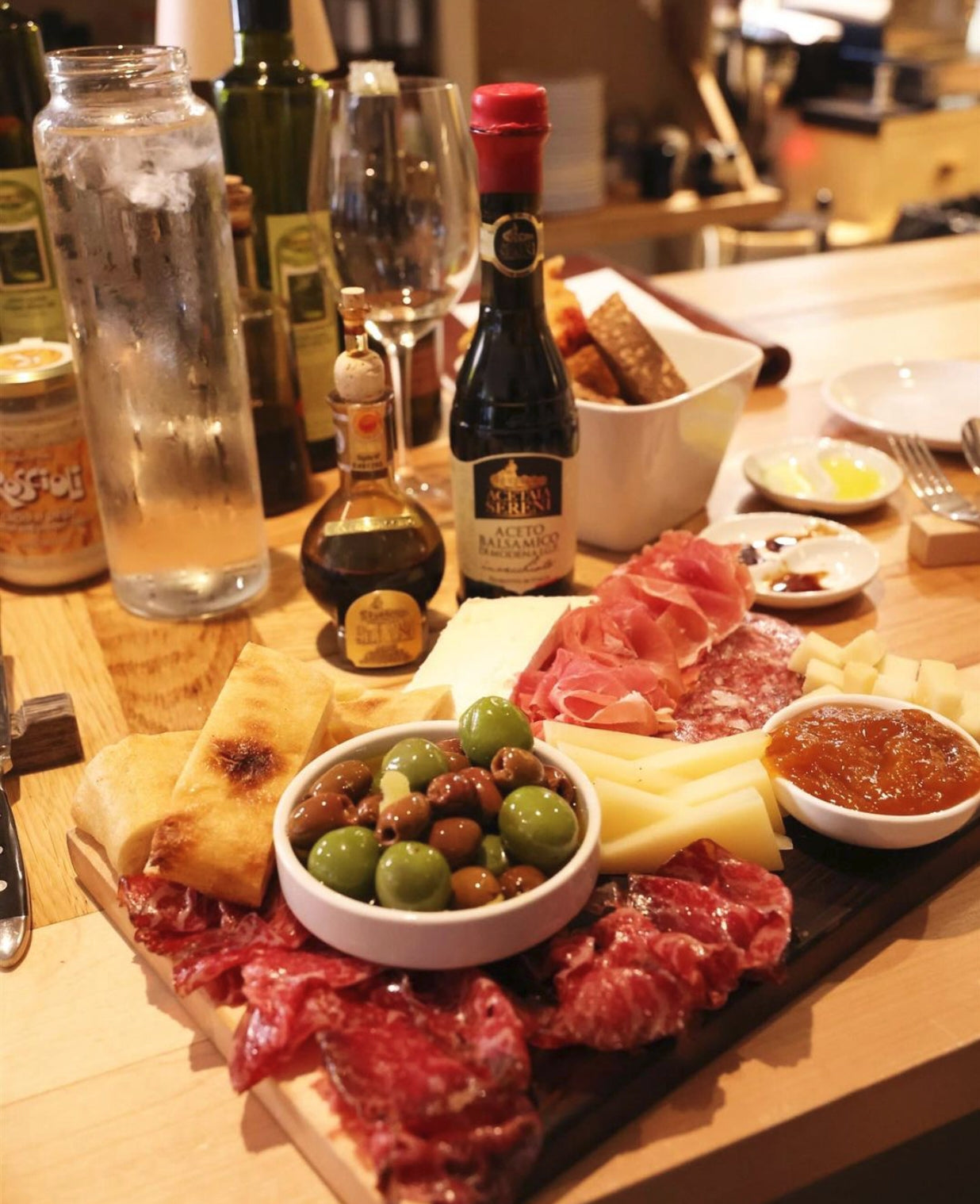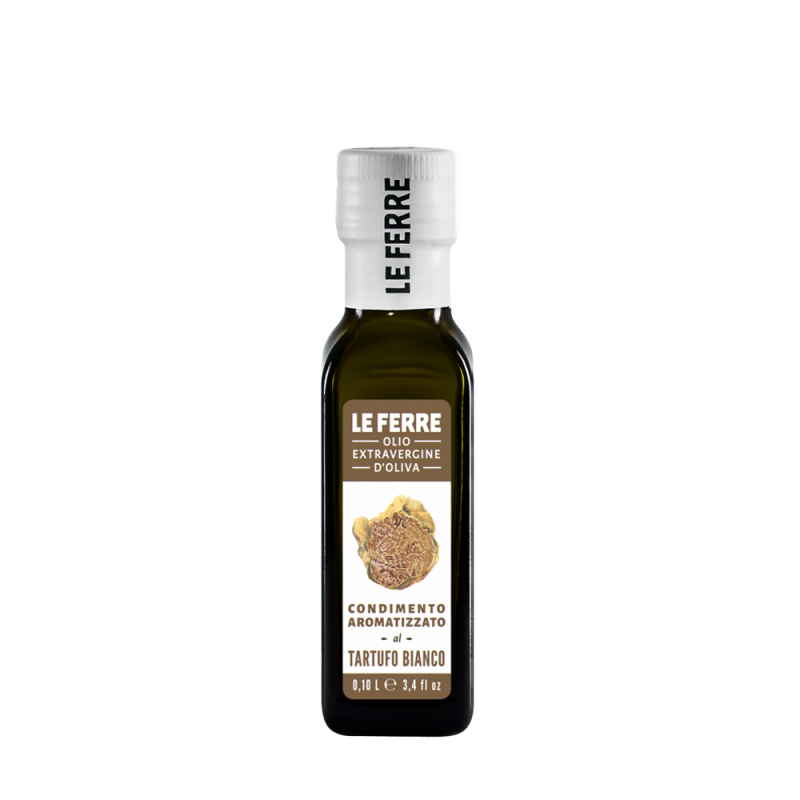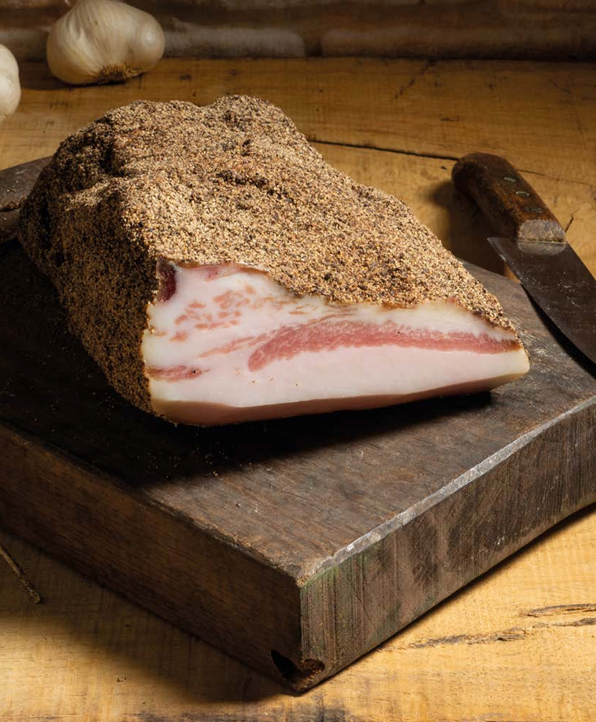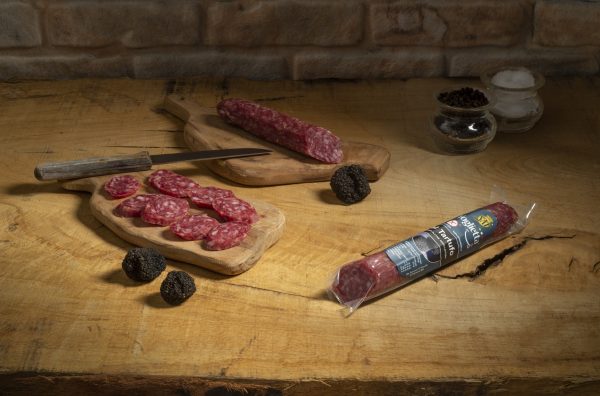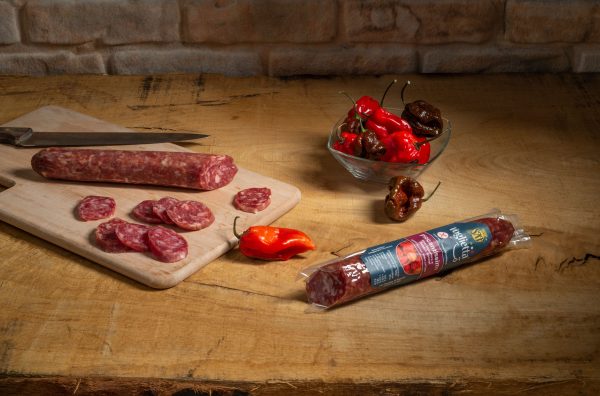Italian cuisine is renowned worldwide for its quality, variety and ability to create atmosphere and warmth. But behind this culinary fame, often associated with luxury and festivity, lies a history of ingenuity, poverty and respect for the gifts of nature. At the heart of this history is "cucina povera" (poor man's cuisine) - a tradition that arose from the need to exploit simple, humble ingredients and transform them into nutritious, flavorful dishes.
Over time, many of these dishes have become iconic in Italian cuisine, sought after in fine restaurants and often reinterpreted in gourmet cuisine. Today, Italian "cucina povera" is a philosophy of sustainability, creativity and respect for raw materials, and it attracts an ever-growing international crowd of food lovers.
The historical and cultural context of the Italian poor man's kitchen
For centuries, life in rural Italy was marked by economic hardship. Without access to luxury goods, the local population had to adapt to what the land had to offer: dry bread, vegetables from the fields, wild herbs, legumes and, always extra virgin olive oil. These basic ingredients formed the backbone of daily meals, and the need to make the most of them led to a repertoire of inventive recipes that have stood the test of time.
Today, dishes that were created out of necessity have become symbols of rustic elegance and are highly regarded even in gourmet circles. Italian "cucina povera" is a celebration of simplicity, the art of cooking and the deep connection to the land.
Iconic dishes from Italy's "Cucina Povera"
Here are some iconic examples of Italian poor man's cuisine that show how popular ingenuity transformed humble ingredients into culinary masterpieces.
-
Ribollita (Tuscany)
Ribollita is a Tuscan soup that captures the essence of Italian peasant cuisine. It is made with dry bread, black cabbage, beans, carrots, potatoes and other seasonal vegetables, and is finished with olive oil to enhance the flavor and give it a rich character. The name "ribollita" means "reboiled" as the soup was traditionally reheated the next day, enhancing the flavors and making the dish even more delicious. Originally a daily staple for peasants, this dish is now loved all over Italy for its authentic and powerful flavor. -
Broad Beans and Chicory (Apulia)
Fava bean puree and wild chicory is a beloved dish from Puglia, both simple and nutritious. The smooth fava bean puree is prepared with extra virgin olive oil, water and salt and served with cooked wild chicory, also sprinkled with a little olive oil. Fava beans, rich in protein, often replaced meat in the peasant diet, while the slightly bitter chicory provided an exciting flavor contrast. Today, fava and chicory is a popular dish in restaurants and a symbol of the authentic taste of Apulian tradition. -
Cacio e Pepe Pasta (Rome)
Another iconic Roman dish from the "cucina povera" is cacio e pepe: pasta, pecorino cheese and pepper, nothing else. This dish, which originated among shepherds who carried pecorino and pepper with them, has become a symbol of how a few simple ingredients, when treated well, can create an extraordinary taste experience. Cacio e pepe is now one of the most famous dishes of Roman cuisine and loved the world over for its simplicity. -
Roasted Wheat Flour Pasta and Focaccia (Apulia)
Roasted wheat flour is a tradition in Apulia and part of the agricultural heritage. After the harvest, the farmers collected the burnt wheat grains from the fields and made a dark flour with a smoky flavor. Today, roasted wheat flour has been rediscovered and is used to prepare unique focaccias, topped with olive oil , and handmade pasta, such as the famous orecchiette. The smoky and strong flavor is now appreciated in modern cuisine and shows how Puglia's "cucina povera" could bring out the best, even in "burnt" grains. -
Panzanella and Acquasale (Tuscany, Umbria and Apulia)
Panzanella is a salad from Tuscany and Umbria made with stale bread, tomatoes, red onion, cucumber and basil and seasoned with plenty of olive oil, vinegar and salt. This dish, created to use up leftover bread, is now beloved for its fresh simplicity. A variation from Puglia, called acquasale , involves soaking stale bread in water and seasoning it with fresh tomatoes, onion, oregano and olive oil. Acquasale, originally a light summer meal, is now a favorite for experiencing the flavors of local bread and olive oil.
"Cucina Povera" Today: A Culinary Heritage That Must Be Preserved
These "cucina povera" dishes show how true richness lies not in the quantity of ingredients, but in the way they are transformed into a sensory experience. "Cucina povera" is more than a collection of recipes: it is a respect for nature, a sustainable approach to cooking, and a celebration of true taste.
In today's world, which increasingly values sustainability and reducing food waste, "cucina povera" offers valuable lessons. Respect for the season, the reuse of ingredients, and the simplicity of creating delicious meals meet many modern needs. That's why many chefs are now reinterpreting these dishes, elevating them to gourmet levels without removing their authenticity.
This culinary heritage represents an insight into Italian culture, an invitation to discover not only the taste but also the history and philosophy of life in Italy. T he Italian poor man's cuisine expresses the spirit of an Italy that creates wonders with modest means and continues to pass on the art of appreciating what is simple and authentic.
Buon appetito!




